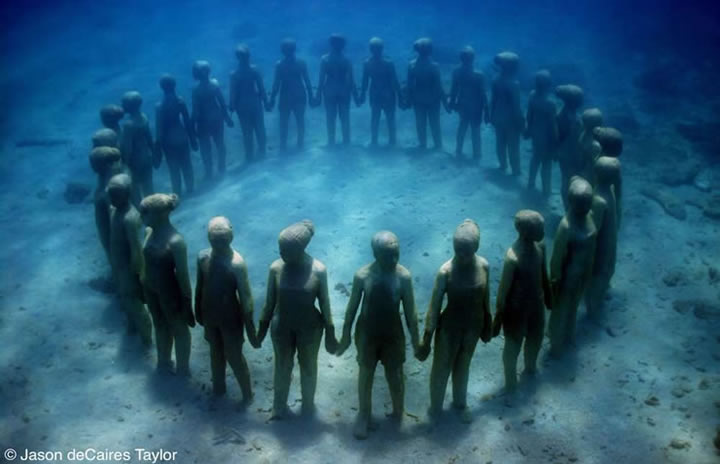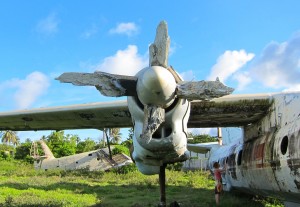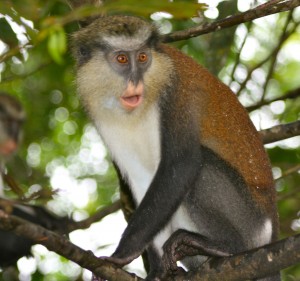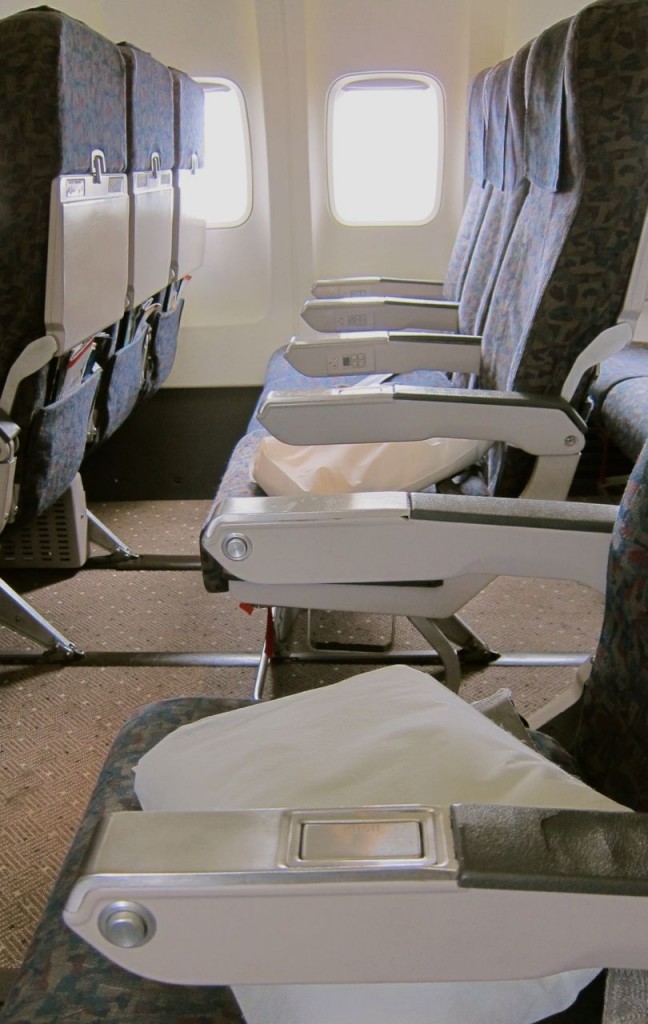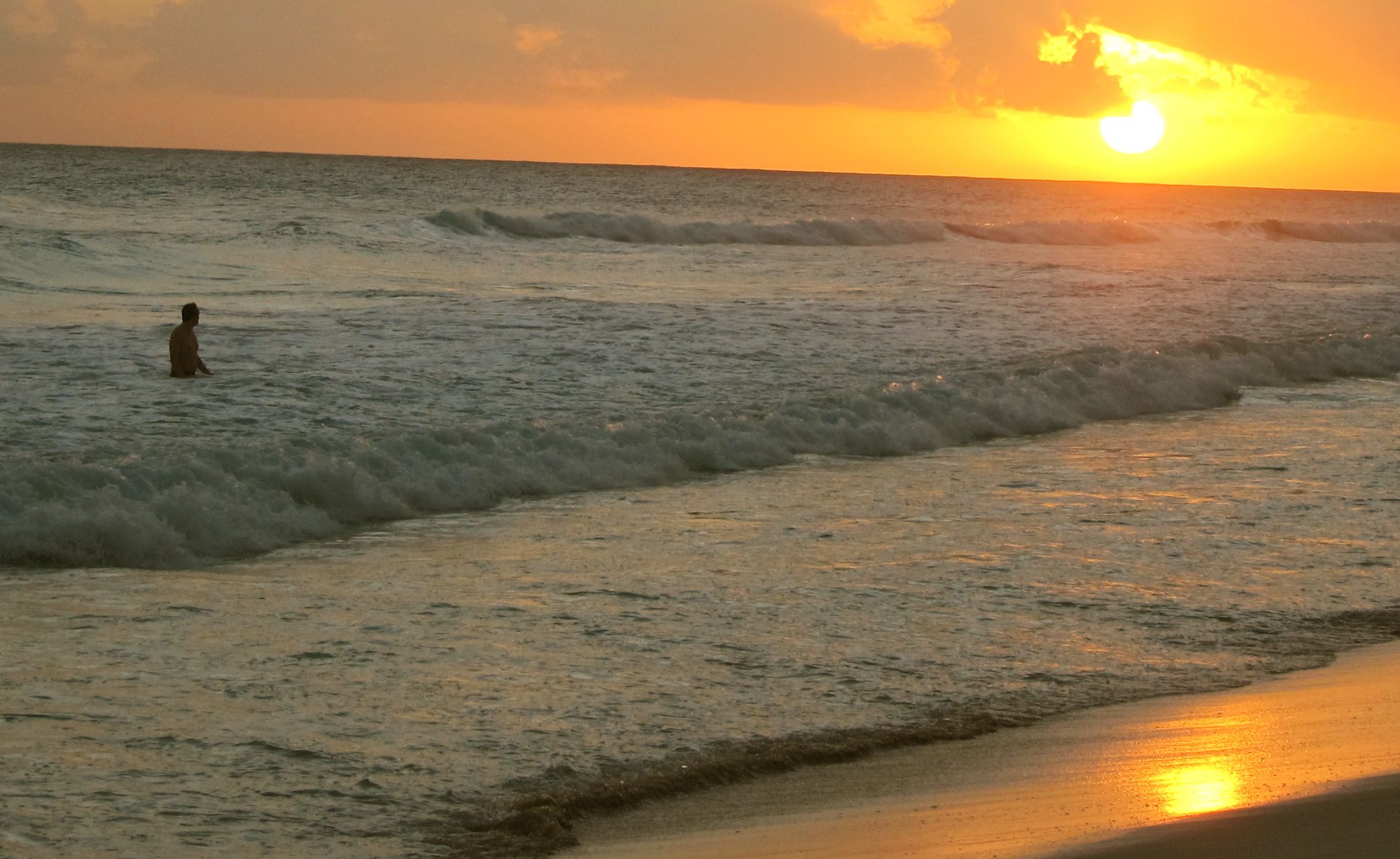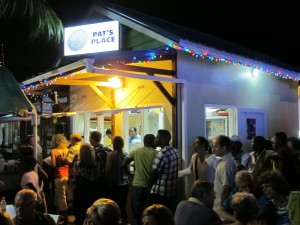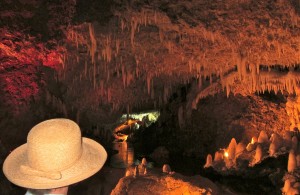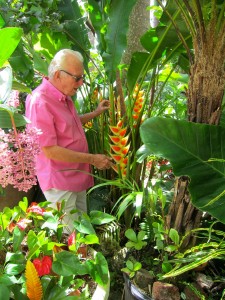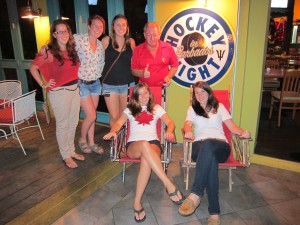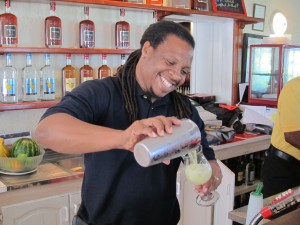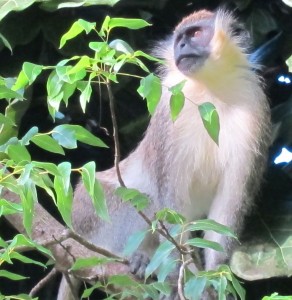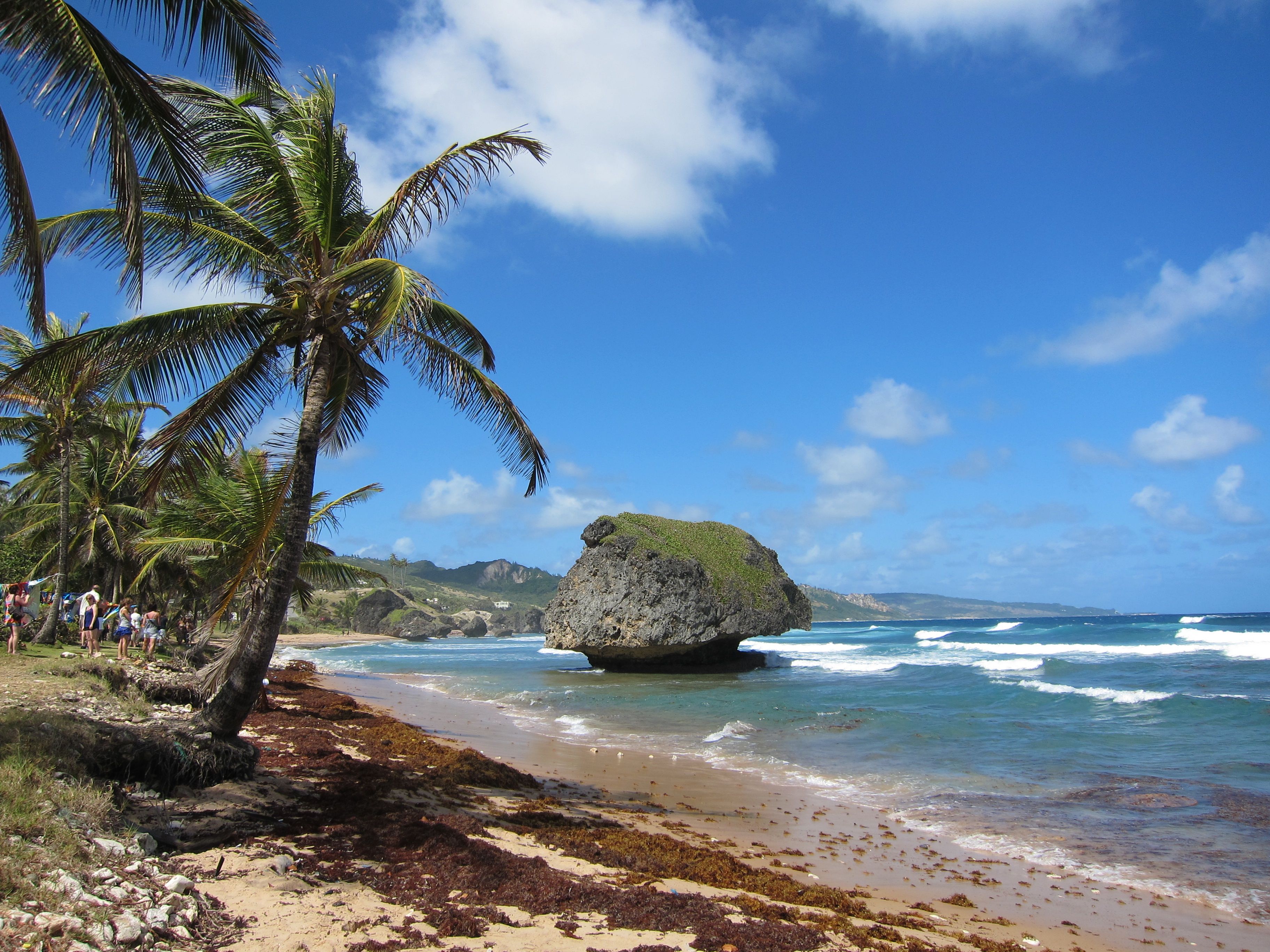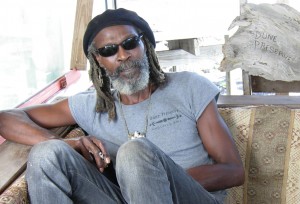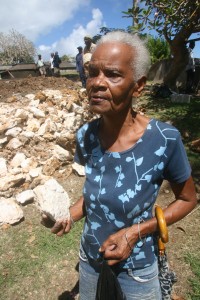This story was first published in The Globe and Mail on Dec. 29, 2014
By STEPHEN WICKENS
At Plaza de la Revolucion the tourist waits, peers up the road, lowers the camera and waits some more. He wants a classic American car for his shot of the monument to Jose Marti, a 19th-century poet, freedom fighter and all-round Cuban hero. But for what seems like ages, we see only Hyundais, Geelys and sputtering Ladas.
“Yanqui tanks” still abound, many serving as gleaming cabs in tourist areas. But locals say half the fleet has been scrapped or cannibalized for parts since the Soviet empire collapsed; newer imports are easier to maintain. It’s just one indicator of how rapidly things have changed since Raul Castro replaced brother Fidel in 2008. Cubans with means or overseas relatives can buy and sell real estate as well as cars. Half a million people run their own businesses, triple the 2011 total.
Now, with the United States preparing to normalize relations and end a decades-long embargo, the trickle of visiting Americans could become a torrent some time in the not-too-distant future. So if you want to see one of socialism’s last outposts, act now – and consider doing so on a cruise.
Yes, even the cruise industry, which Fidel despised, has a beachhead. Though big U.S.-owned ships remain banned, Calgary-based Cuba Cruise launched weekly circumnavigations of the island last winter with the 162-metre, 1,200-passenger Louis Cristal. It targets Canadians with, among other things, its Alberta Prime Steakhouse and familiar beers. The crew is multicultural and the on-board variety troupe combines Montreal-based Cirque Fantastique with Cuban entertainers assembled by the National Theatre director.
All-inclusive resorts have their place, but can’t deliver the complete Cuba, which is the Caribbean’s largest and most diverse country (nearly as big as our three Maritime provinces, more populous than the four Western ones combined). Cuba is more than sun and sand: It has a rich history (150 years of battles for independence from Spain, the United States and Russia) and regional cultures, some stuck in a horse-drawn time warp.
Cruises that tour the island naturally let you experience more of it – and provide entry to places where tourists are still a novelty. Take one of the stops I experienced on Cuba Cruise last winter: After mooring at a long-abandoned pier in Antilla last January, we were greeted by waving, cheering locals. Turns out the arrival of the ship was such a novelty the mayor had declared a civic holiday for the Louis Cristal’s first visit the previous month.
It was just one memorable moment from a couple of week-long cruises I enjoyed during the past two winters. Other highlights include:
– Cienfuegos, a south-coast town where Soviet-era factories blend with ornate French and Spanish architecture. It is lively and fun to explore on foot; don’t miss Teatro Tomas Terry, a lovely concert hall built in the 1880s on the town square. A side trip from Cienfuegos (offered by both cruises) to Trinidad de Cuba, a town founded on sugar processing which is celebrating its 500th anniversary this winter. It’s a hot spot for musicians and dancers.
– Santiago, Cuba’s No. 2 city, which feels like a cross of southern Europe and New Orleans. It’s the birthplace of Afro-Cuban culture, Castro’s revolution and Bacardi rum, and also home to San Juan Hill, where Teddy Roosevelt’s Rough Riders helped finish off a war against the Spanish in 1898, starting what’s considered a 60-year U.S. occupation.
– Castillo San Pedro de la Roca del Morro, the Caribbean’s most impressive fort. UNESCO calls this fortress, which has guarded Santiago’s harbour for more than 300 years, the best Spanish military architecture in the Americas.
– Punta Frances, which is on my top-five beaches list. It’s beautiful, remote and unspoiled, and if I had to bet, I’d say it’s the beach most likely to get wrecked next.
Cuba obviously needs change. Few things highlight socialist dysfunction better than engineers and professors cleaning resort rooms because that’s where the money is made. The country proudly trains doctors for the world – many of its physicians played major roles in the Ebola fight – but having clean washrooms back home seems not to be a priority.
“Cuba will retain its independent streak no matter how much it reopens to Americans,” former U.S. presidential adviser and Time correspondent Nathaniel Lande, told me over drinks on the Pan Orama’s aft deck. Lande, whose dad was Hemingway’s doctor, first visited Cuba as a boy in the 1940s. But he thinks Canadians should explore while they still have special status as the biggest source of Cuban tourism.
“Tell people to get to Cuba fast, before us Americans wreck it,” he says – only partly in jest.
IF YOU GO
Booking Cuba Cruise’s cruise-only package starts at $652 per person. Air-land-cruise packages start at $852 per person. Both prices do not include fees and taxes. Check for specials through yourcubacruise.com or a travel agent.
IF YOU GO
Money: Cuba Cruise uses Canadian dollars; Variety’s main currency is the euro. On land, you need convertible unit pesos (CUCs). Exchange booths are easy to find, and for now you’re still smarter buying in loonies than with U.S. dollars. Few Cubans even accept greenbacks.
Health: You need proof of travel health insurance for Cuba. Even if your credit card provides it, get a confirmation letter. When exploring on shore, take hand sanitizer and paper to washrooms. If you’re prone to seasickness, consider packing nausea pills or patches.
The writer was a guest of Cuba Cruise and Variety Cruises. They did not review or approve this article.
